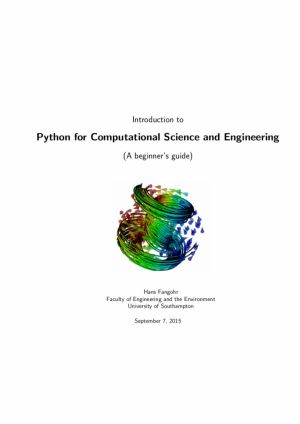
This book summarises a number of core ideas relevant to Computational Engineering and Scientific Computing using Python. The emphasis is on introducing some basic Python (programming) concepts that are relevant for numerical algorithms. The later chapters touch upon numerical libraries such as numpy and scipy each of which deserves much more space ...

For many researchers, Python is a first-class tool mainly because of its libraries for storing, manipulating, and gaining insight from data. Several resources exist for individual pieces of this data science stack, but only with the Python Data Science Handbook do you get them all - IPython, NumPy, Pandas, Matplotlib, Scikit-Learn, and other relate...
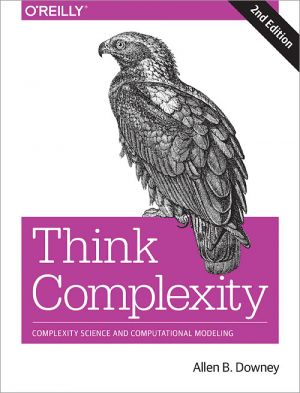
Complexity science uses computation to explore the physical and social sciences. In Think Complexity, you'll use graphs, cellular automata, and agent-based models to study topics in physics, biology, and economics.
Whether you're an intermediate-level Python programmer or a student of computational modeling, you'll delve into exam...
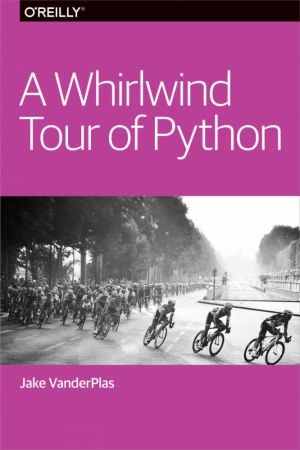
To tap into the power of Python's open data science stack - including NumPy, Pandas, Matplotlib, Scikit-Learn, and other tools - you first need to understand the syntax, semantics, and patterns of the Python language. This report provides a brief yet comprehensive introduction to Python for engineers, researchers, and data scientists who are a...
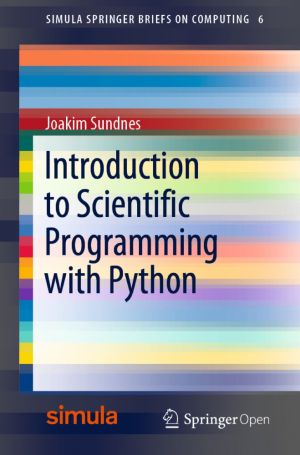
This open book offers an initial introduction to programming for scientific and computational applications using the Python programming language. The presentation style is compact and example-based, making it suitable for students and researchers with little or no prior experience in programming.
The book uses relevant examples from mathematics a...
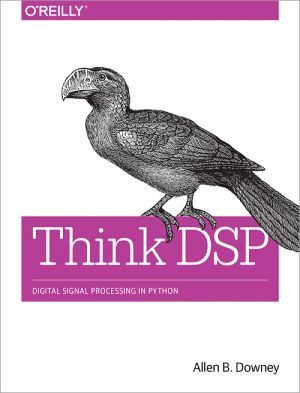
If you understand basic mathematics and know how to program with Python, you're ready to dive into signal processing. While most resources start with theory to teach this complex subject, this practical book introduces techniques by showing you how they're applied in the real world. In the first chapter alone, you'll be able to decom...
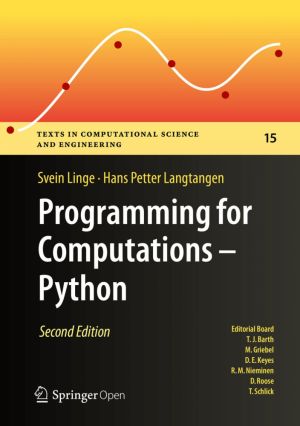
This book presents computer programming as a key method for solving mathematical problems. This second edition of the well-received book has been extensively revised: All code is now written in Python version 3.6 (no longer version 2.7). In addition, the two first chapters of the previous edition have been extended and split up into five new chapte...
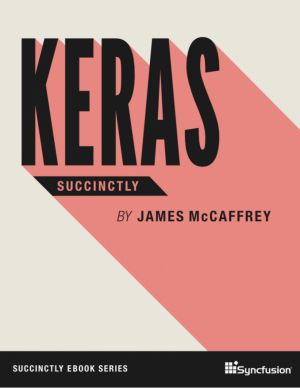
Neural networks are a powerful tool for developers, but harnessing them can be a challenge. With Keras Succinctly, author James McCaffrey introduces Keras, an open-source, neural network library designed specifically to make working with backend neural network tools easier....
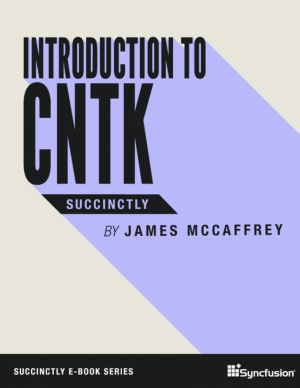
Microsoft CNTK (Cognitive Toolkit, formerly Computational Network Toolkit), an open source code framework, enables you to create feed-forward neural network time series prediction systems, convolutional neural network image classifiers, and other deep learning systems. In Introduction to CNTK Succinctly, author James McCaffrey offers instruction on...

TensorFlow is a free and open-source software library for machine learning. It can be used across a range of tasks but has a particular focus on training and inference of deep neural networks.
This book is a somewhat intermediate-level introduction to Tensorflow 2. We will eventually cover everything tf.keras, but no so fast until we implemented t...
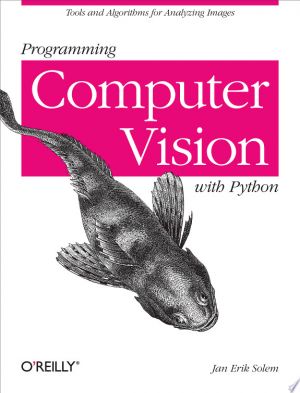
If you want a basic understanding of computer vision's underlying theory and algorithms, this hands-on introduction is the ideal place to start. You'll learn techniques for object recognition, 3D reconstruction, stereo imaging, augmented reality, and other computer vision applications as you follow clear examples written in Python.
Pro...

Support Vector Machines (SVMs) are some of the most performant off-the-shelf, supervised machine-learning algorithms. In Support Vector Machines Succinctly, author Alexandre Kowalczyk guides readers through the building blocks of SVMs, from basic concepts to crucial problem-solving algorithms. He also includes numerous code examples and a lengthy b...
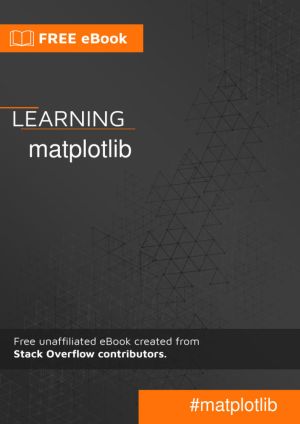
Matplotlib is a plotting library for Python. It provides object-oriented APIs for embedding plots into applications. It is similar to MATLAB in capacity and syntax.
It is an unofficial and free Python Matplotlib book created for educational purposes. All the content is extracted from Stack Overflow Documentation, which is written by many hardwor...
